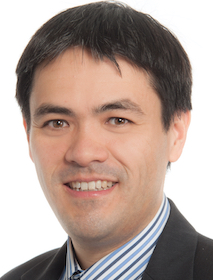Introduction
-Long wave UVA1 plays a role in UV (Ultraviolet) radiation (in addition to UVA and UVB)
–UVA1 can represent put up to 80% of total UV
-Most countries between the tropics have strong UVA1 although it can be present in more temperate areas
–UVA1 is also present indoors as it has a long wavelength and can penetrate
UVA1 Why bother ?
UVA1 was been shown to induce tissue damage:
- it induces generation of Reactive Oxygen Species (ROS) in dermal fibroblasts even at low radiation doses 10J/cm2
- it penetrates deep into the dermis (dermal fibrobalasts (there is a reduction of vimentin (apoptotic marker and therefore the cells survive))
- Cyclobutane Pyrimidine Dimers (CPD) are generated and are mostly located mostly in basal epidermis (like CPDs)
- Damage was also seen with transcriptomal profiling :
- 6 hours after UVA 1 exposure, the epidermis was separated from the dermis: some genes were altered in fibroblasts (dermis) as well as in kertainocytes (epidermis):
- 10% of altered genes in fibroblasts were related to cellular sttress (15% in keratinocytes)
- 24% of altered genes were related to innate immunity (25%)
- 27% of altered genes were related to development, apoptosis, proliferation and aging (24%)
- 6 hours after UVA 1 exposure, the epidermis was separated from the dermis: some genes were altered in fibroblasts (dermis) as well as in kertainocytes (epidermis):
Conclusions
-Studies in vivo show that light skin and dark skin are damaged by UVA1 and thus modulate gene expression
-UVA1 cellular damage seems to be the same in the epidermis and dermis.
-UVA1 wavelengths contribute to harmful effects and should be taken into account in photoprotection strategies
Photoprotection against longwave ultraviolet A radiation. Françoise Bernerd (France). SY16 – Photoprotection and Sunscreens. World Congress of Dermatology 2015 – Vancouver, Canada



 +41 22 738 18 48
+41 22 738 18 48